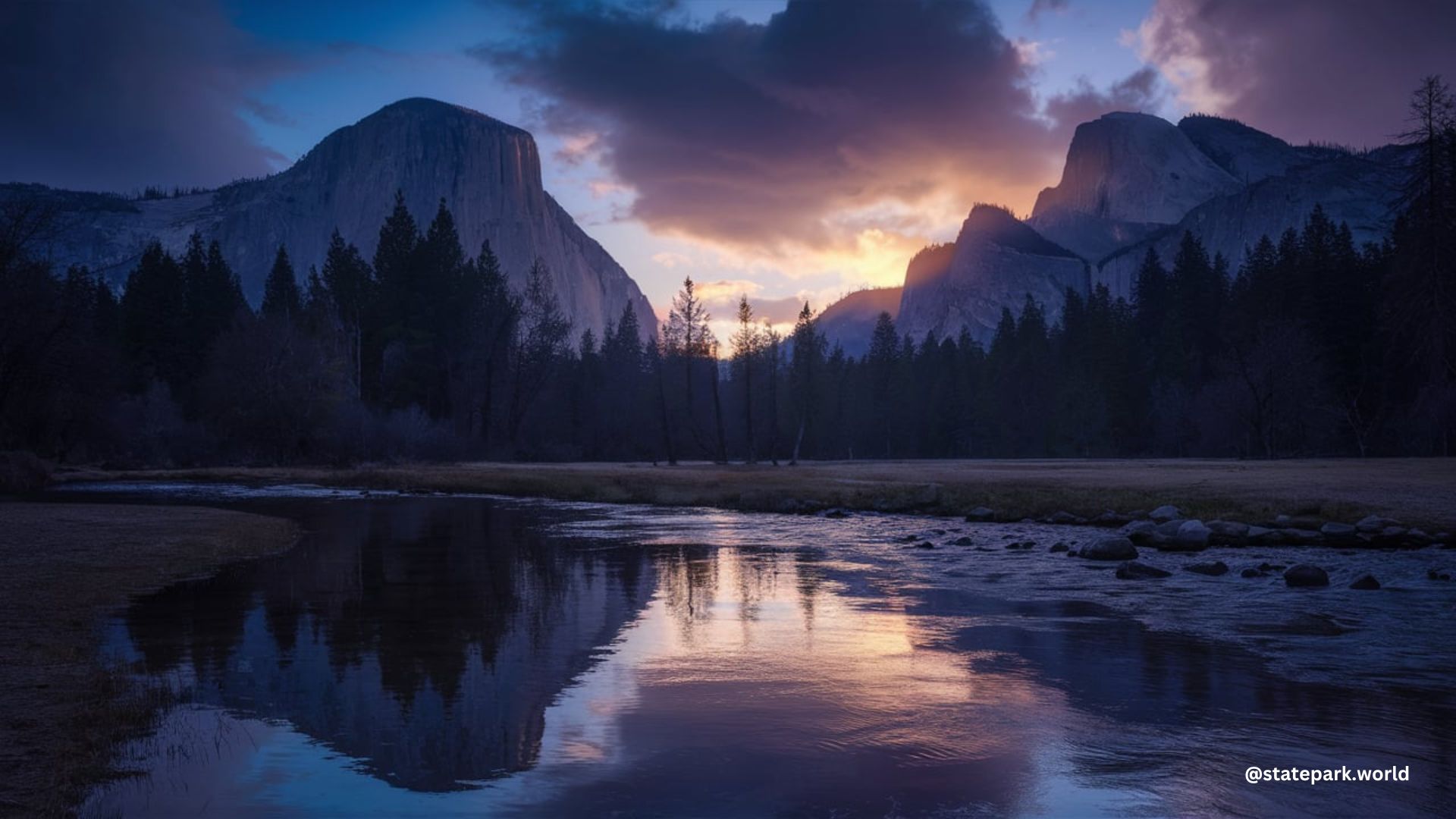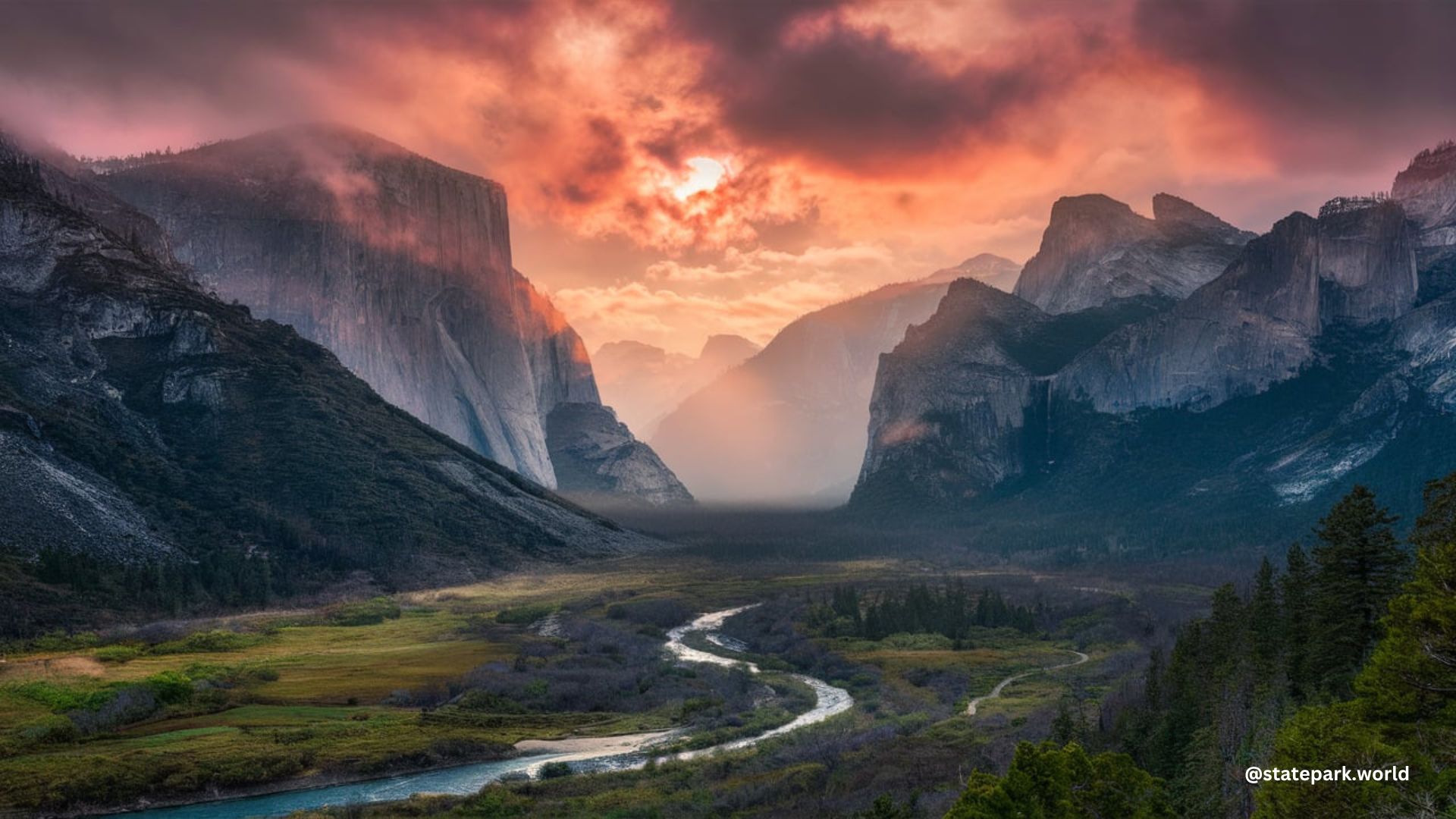Yes, there are currently two active glaciers in Yosemite National Park – the Lyell Glacier and the Maclure Glacier. These glaciers are among the longest-studied in North America and play a crucial role in the local ecosystem by providing a year-round supply of cold water to the Lyell Fork of the Tuolumne River.
The Lyell and Maclure Glaciers
The Lyell Glacier and the Maclure Glacier are the two active glaciers in Yosemite National Park. These glaciers have been extensively studied since they were first measured in 1872, and they provide valuable insights into the effects of climate change on the park’s landscape.
Lyell Glacier
- The Lyell Glacier is located on the north side of Mount Lyell, the highest peak in Yosemite National Park.
- It is the largest glacier in the park, covering an area of approximately 0.5 square miles (1.3 square kilometers).
- The Lyell Glacier has lost more than 90% of its volume since it was first measured in 1872, and it no longer moves.
Maclure Glacier
- The Maclure Glacier is located on the east side of Mount Maclure, near the Lyell Glacier.
- It covers an area of approximately 0.3 square miles (0.8 square kilometers).
- Like the Lyell Glacier, the Maclure Glacier has also lost a significant amount of its volume due to climate change.
The Glacial History of Yosemite National Park

Yosemite National Park has a rich glacial history that spans millions of years. The park’s landscape has been shaped by multiple episodes of glaciation, with the most recent major event being the Tioga Glaciation, which occurred around 26,000 years ago.
Tioga Glaciation
- During the Tioga Glaciation, glaciers covered most areas in and around the park above 8,900 feet (2,700 m) in elevation.
- The largest glacier, the Tuolumne Glacier, stretched nearly 50 miles from Mount Lyell down the Grand Canyon of the Tuolumne River and through Hetch Hetchy Valley.
Glacial Landforms
The glaciers that have shaped Yosemite National Park have left behind a variety of distinctive landforms, including:
- Glacially polished granite
- U-shaped canyons
- Jagged peaks
- Rounded domes
- Waterfalls
- Moraines
The Impact of Climate Change on Yosemite’s Glaciers
The Lyell and Maclure Glaciers are among the most visible indicators of climate change in Yosemite National Park. These glaciers have lost a significant amount of their volume over the past century, and they are expected to disappear in the near future.
Rapid Melting
- The Lyell Glacier has lost more than 90% of its volume since it was first measured in 1872, and it no longer moves.
- The Maclure Glacier has also experienced significant volume loss due to climate change.
Impacts on the Ecosystem
- The glaciers in Yosemite National Park provide a year-round supply of cold water to the Lyell Fork of the Tuolumne River, which is crucial for the local ecosystem.
- As the glaciers continue to melt, the water supply to the Lyell Fork may become more variable and less reliable, potentially impacting the plants and animals that depend on it.
Conclusion
While there are currently only two active glaciers in Yosemite National Park, the park’s landscape has been significantly shaped by multiple episodes of glaciation over the past 2-3 million years. These glaciers have left their mark in the form of distinctive landforms, and they continue to play a crucial role in the local ecosystem. However, the Lyell and Maclure Glaciers are rapidly melting due to climate change, and they are expected to disappear in the near future, leaving a lasting impact on the park’s natural environment.
References:
– Yosemite National Park – Tioga Glaciers
– When Glaciers Ruled Yosemite
– Glaciers in Yosemite National Park
– Geology of Yosemite National Park

